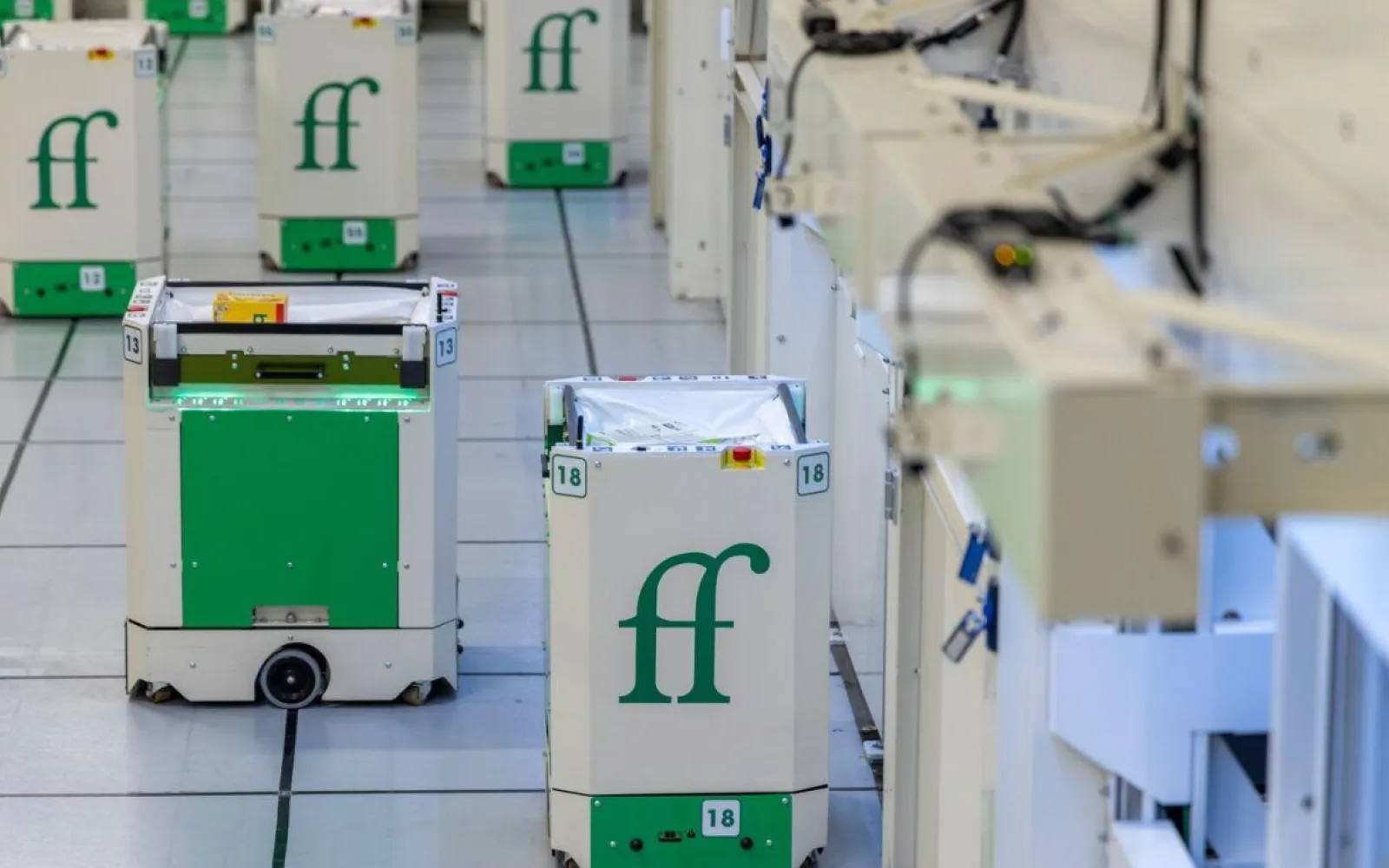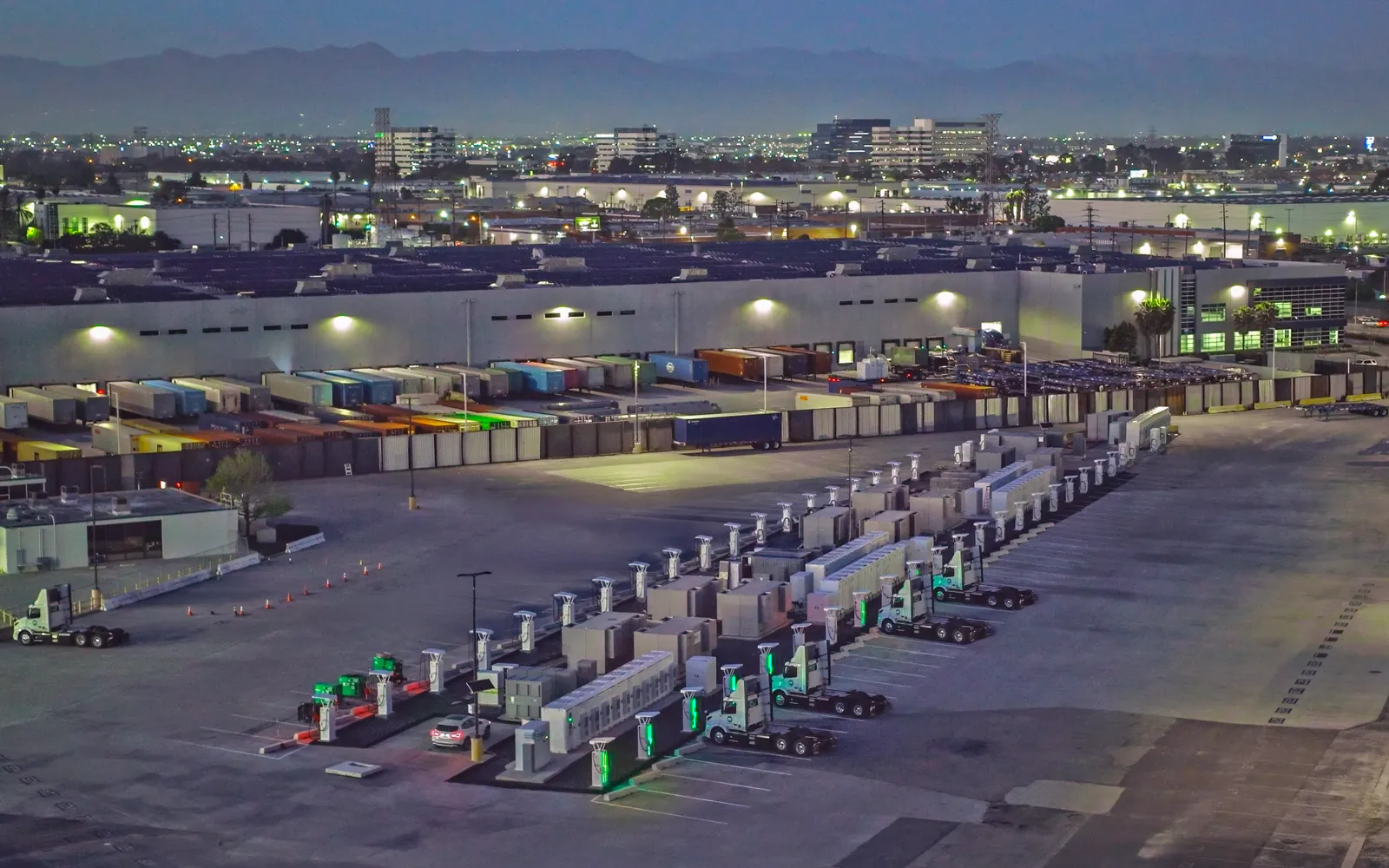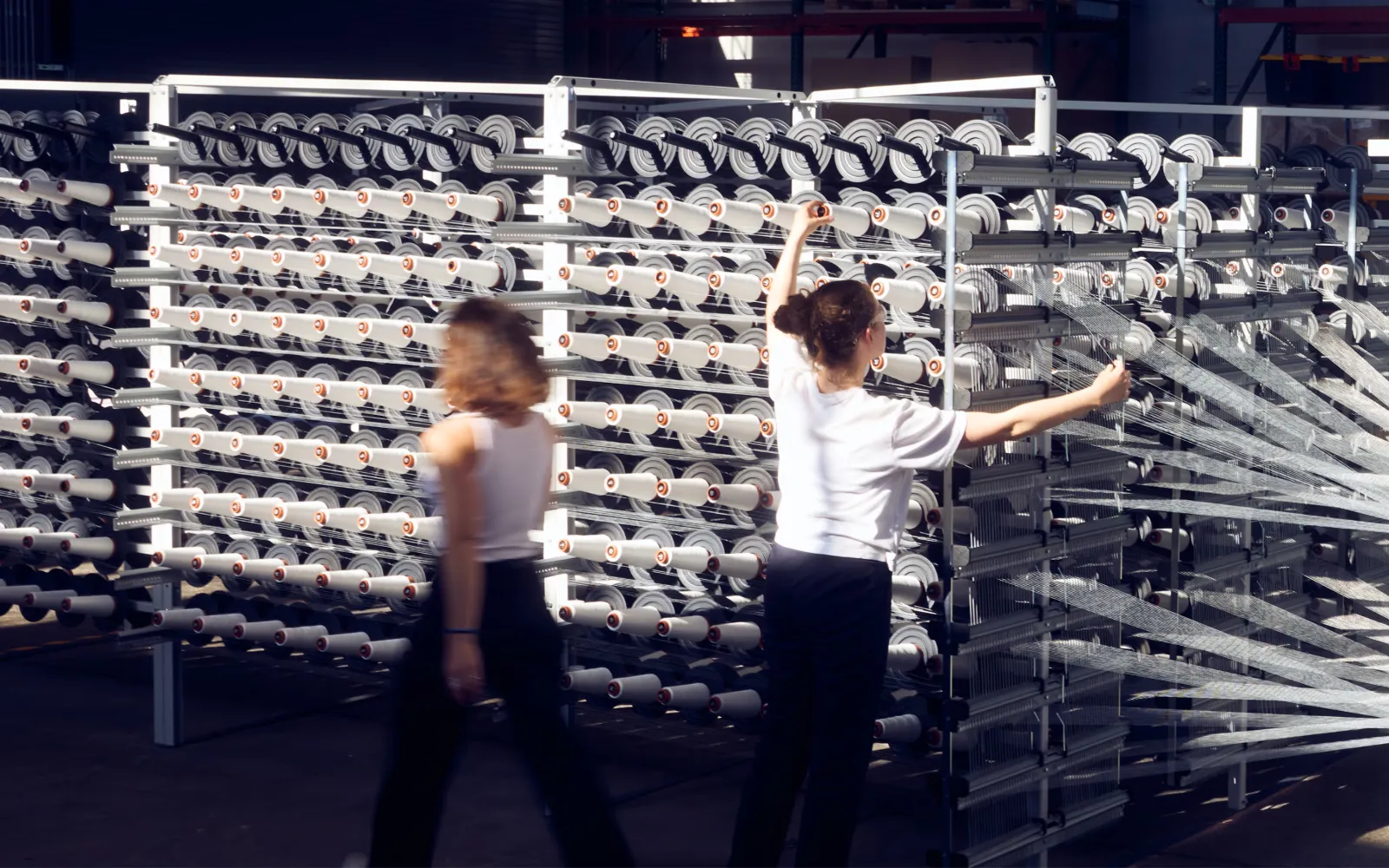

Smartex
Next-generation textile production with fewer defects and higher margins
The DCVC Deep Tech Opportunities Report (which debuted this year) summarizes our thinking about the deep tech investment areas we consider the most exciting, important, and consequential. It’s also a guide to the inspiring work innovators inside and outside the firm’s portfolio are doing to extend human capabilities, save the environment, and make everyone’s lives longer, healthier, and easier.
Three of this report’s opportunities bore on the augmentation of human abilities. What follows is a summary of one of them.
Opportunity 1.2: Machine Vision
The human brain’s visual memory is sketchy, impressionistic, and prone to fabrication, but a computer can store each frame of sensor data precisely and forever. That means it’s now possible to train startlingly powerful machine learning algorithms on raw pixel data — which can be obtained at low cost and enormous scale. In industries as diverse as mining, agriculture, textiles, healthcare, and drug development, companies are combining sensor data and machine learning to find patterns in the world that humans could never spot.
Consider textile making, one of humanity’s oldest trades. Today, most knitted fabrics are created on room-sized circular knitting machines that draw in yarns from hundreds of separate spools and knit them together automatically. The process is fast, but defects are common, and human inspectors don’t always catch them. DCVC portfolio company Smartex builds arrays of high-resolution cameras that record every inch of a fabric roll as it emerges from a knitting machine. Machine-learning software scans the images for recurring defects such as lines or stripes, allowing operators to stop the machine before the whole production run is marred.
Or consider another ancient industry, mining. Each rock type absorbs or reflects a signature set of wavelengths of visible, infrared, or ultraviolet light, so when mining companies want to know which walls of a pit or which piles of rubble contain valuable ore, they can send samples to the lab for spectral analysis. But the turnaround time can be hours or days. A DCVC-backed Australian startup called Plotlogic is automating the process and moving it on site. The company’s portable cameras fuse 3‑D measurements from lidar sensors with hyperspectral feedback, and use machine-learning algorithms to assess rocks in real time — fast enough to guide a power shovel or spot poor-quality ore as it passes on a conveyor belt.
The same idea works in recycling plants, where sensor-equipped robots like those built by DCVC-backed startup Recycleye can scan a waste stream on a conveyor belt and sort out the high-value recyclable plastics from material that will be burned, downcycled, or landfilled.
Outside of DCVC’s portfolio, other companies are using machine vision to improve on human perception in areas like radiology, pathology, surveillance, geoanalytics, and disaster response. “If anything, I think computer vision is underhyped as a breakthrough,” says James Hardiman, a DCVC partner who has led many of the firm’s investments in this area. “Anything where a person is looking, and trying to render a decision or judgment, is ripe now for augmentation.”
Read and/or download the DCVC Deep Tech Opportunities Report here.




